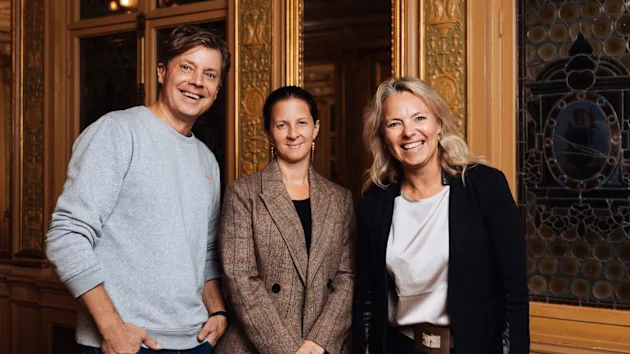At the end of January, someone in the group jokingly says, "Is this when the gyms start emptying out from New Year's resolutions?" We all laugh, myself included. However, the humorous remark points to a deeper truth about human nature and the inevitable journey through the pain of change towards lasting results.
Humans are creatures of habit. We seek predictability and security, yet paradoxically, life demands constant adaptation to new realities. This balancing act between the need for stability and the inevitability of change is clearly reflected in our inability to sustain uncomfortable changes, such as New Year's resolutions. We start with high ambitions, only to soon revert to our old patterns. This cycle of promises and slow returns to the familiar is not only found in our personal lives but also within the walls of our organizations.
The ancient wisdom of Heraclitus that "everything flows" (panta rhei) is more relevant than ever. Regardless of the change to be made, there are certain prerequisites that facilitate lasting results. The most fundamental is an acceptance of the impermanence of all things. Despite this, our behaviors often do not reflect this acceptance; they are adapted and entrenched in a reality that has been. Acceptance of the ever-changing nature of things requires emotional and cognitive agility, that is, inner security and an understanding that the path to change is not always straight.
But how often do we stop and acknowledge that real change requires real pain? In the words of Karin Boye, " Yes, it certainly hurts when buds burst," echoing the truth that growth does not come without cost. In leadership and organizational development, we sometimes forget that successful change processes are not solely about enticing with visions and goals. It is about acknowledging and preparing for the pain and sacrifices required for old habits to die and new life to take shape.
To create lasting change, we must embrace two critical perspectives: to understand why change is necessary, and the realization that pain or sacrifice is required to make room for something new. This requires more than just enthusiasm at start up meetings; it requires an honest confrontation with the difficult decisions about what must be sacrificed for progress. It also requires a plan for the actions that need to be in place and a commitment to willingness. Only then can we truly anticipate the success of change.
Collective results come from the collective achievements of individuals. Individuals' ability to cope with loss by consciously considering consequences and actively choosing to sacrifice determines the possibility of change for a group. So what would happen in our organizations, or even in our own "Me Inc.," if, in addition to stating what we want, we also ask ourselves: what level of sacrifice am I willing to make? Our ability to handle loss, pain, or sacrifice is rarely related to our education but goes back to our experiences, upbringing, purpose, and habit of dealing with fear. Therefore, it is important not to assume that others' reactions reflect your own, but instead to ask questions such as: What experiences of pain or sacrifice do I/we have? How have I/we reacted in similar situations before? If we succeed, is the gain greater than the investment?
Leading change requires the courage to confront the difficult and painful. It is about embracing pain as an indispensable part of growth and development, both on an individual level and in organizations. By actively exploring and understanding our own and others' willingness to sacrifice and handle pain, we can create a culture that not only accepts change but thrives in its unpredictability.
So let us together dare to explore the difficult, challenge the established, and embrace the pain of change as a necessary force for growth and success. For it is in the encounter with pain, that we find dedication. This dedication is what, together with commitment and energy, leads to lasting change for both ourselves and our organizations.






